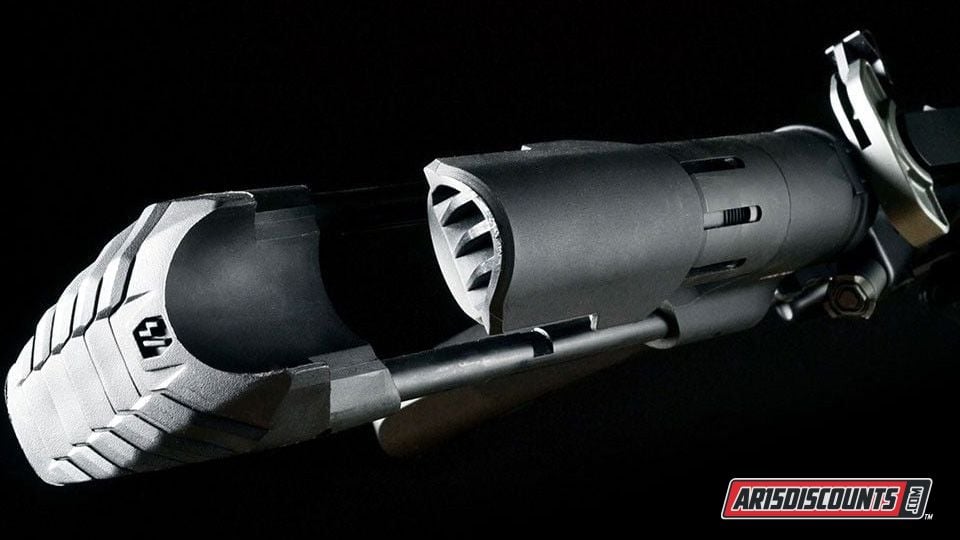AR-15 Accessories, NFA, Strike Industries
PDW Stock AR-15 Buyer’s Guide
Table of contents
The AR-15 platform is all about customization, and PDW stocks are a top choice for building a compact, powerful personal defense weapon. These stocks or braces make your AR ideal for tight spaces like home defense or vehicle operations, offering maneuverability without sacrificing reliability. Unlike standard AR-15 stocks, PDW stocks are designed for ultra-short setups, but they come with unique challenges and legal considerations. This guide explains what a PDW is, how these stocks differ from traditional ones, their compatibility issues, and the key legal differences between short-barreled rifles (SBRs) and pistols. It also details six top-tier options from AR15Discounts.com — four stocks for SBRs and two braces for pistols — with specs and insights to help you choose. Whether you want rapid deployment or a lightweight design, these PDW stocks elevate your AR’s versatility, but they require careful integration into your setup.
What is a PDW?
A personal defense weapon (PDW) is a compact firearm that combines the portability of a submachine gun with rifle-like power. Military designs such as the FN P90 and HK MP7 use high-velocity rounds for low recoil and concealability and are often intended to penetrate soft body armor. In the AR world, a PDW commonly refers to a short-barreled rifle (under a 10-inch barrel) or a pistol configuration with an overall length of roughly 20 to 25 inches, built for close-quarters defense rather than long-range shooting.
PDWs excel in urban settings, vehicle storage, or as a truck gun because they are light and quick to handle. Short barrels reduce muzzle velocity and increase blast and flash, which makes PDW builds particularly suited to suppressed setups or calibers like 300 Blackout. The PDW stock or brace is the key component that shortens rear-end length to match many submachine gun profiles while preserving AR reliability. That compactness changes how the rifle feels, delivering faster transitions and better control in tight spaces where a full-size carbine would be awkward.
How PDW Stocks Differ from Standard AR-15 Stocks
Standard AR-15 stocks (for example, the Magpul CTR or B5 SOPMOD) are simple and versatile. They mount on a 7-inch carbine buffer tube, accept standard buffers and springs, and add roughly 3 to 4 inches when collapsed. They are lightweight, adjustable, and drop onto mil-spec lowers with minimal fuss.
PDW stocks are purpose-built for compactness. Typical differences include:
- shorter or proprietary buffer tubes (about 3 to 5.5 inches),
- lighter, dedicated buffers (roughly 2 to 4 ounces),
- flat-wire springs tuned for short-barrel gas systems,
- rapid-deploy mechanisms (push-button, ratchet, or gravity-deploy) with multiple lockable positions.
PDW designs often add ergonomic features such as QD sling points, rubber cheek rests, and ambidextrous controls, but they are usually heavier than standard stocks because of reinforced rods and integrated hardware. Flat-wire springs are commonly used to increase bolt speed on over-gassed short barrels, and some PDW designs use captured springs for quieter operation.
Compatibility is the critical concern: most PDW stocks require swapping the buffer tube and spring, and some designs require BCG tuning, especially on piston uppers or ambidextrous lowers. PDW stocks are optimized for 7 to 11.5 inch barrels; they can be used on 16 inch rifles, but balance and aesthetics may feel off.
Legal Considerations: SBR versus Pistol Builds
Building a PDW requires careful attention to ATF rules, which distinguish pistols from short-barreled rifles. An AR pistol has a barrel under 16 inches and an overall length under 26 inches, and it must not have a vertical foregrip (angled grips are acceptable). Pistols may use a stabilizing brace strapped to the forearm rather than a stock.
In 2025, courts struck down the ATF’s 2023 rule that had classified many braced pistols as SBRs. That ruling means braces are legally usable for now, though ATF policy could change and you should stay informed. Pistols generally avoid the NFA tax stamp and the lengthy Form 1 approval wait, but shouldering a brace or configuring a pistol to resemble a rifle can draw enforcement scrutiny.
An SBR uses a stock for shouldering and requires ATF Form 1 approval, a $200 tax, receiver engraving, and adherence to interstate transport rules. Note: the $200 tax stamp is scheduled to be eliminated beginning in 2026, but the paperwork, approval, and registration requirements will remain in place even after the tax removal. SBR builds permit vertical grips and the comfort of a true stock but carry the full NFA compliance burden. Converting a pistol to an SBR is allowed with the proper paperwork; going in the opposite direction is not available without special ATF actions. State and local laws add additional complexity — some states restrict or prohibit certain configurations — so consult a lawyer if you are unsure. In practical terms: for pistol PDWs, stick with braces; for shouldering, vertical grips, and rifle intent, follow the SBR process.
Top PDW Stock Picks for AR-15
Below are four PDW stocks suited for SBR builds and two stabilizing braces for pistol builds, sourced from AR15Discounts.com. Each entry summarizes core features, notes, and practical considerations.
1. Strike Industries PDW Stock — Black
The Strike Industries PDW Stock is built for close-quarters and vehicular roles. It uses a 7075 aluminum buffer tube, 4140 nitride-treated steel rods, and a polymer buttpad with a TPU rubberized cheek rest. Weight is about 20.2 ounces. The 5.45-inch tube accepts a dedicated PDW buffer and flat-wire spring for reliable cycling in short-barrel gas systems without requiring a proprietary BCG. Deployment is ambidextrous push-button, with a collapsed LOP of about 7.5 inches and an extended LOP near 11 inches. Expect a stable shoulder fit and integrated QD sling point. Pros: reliability and ergonomics for CQB SBRs. Cons: short LOP for larger shooters; some reports of ejection issues at extreme holds. Test with your gas system to confirm reliability.
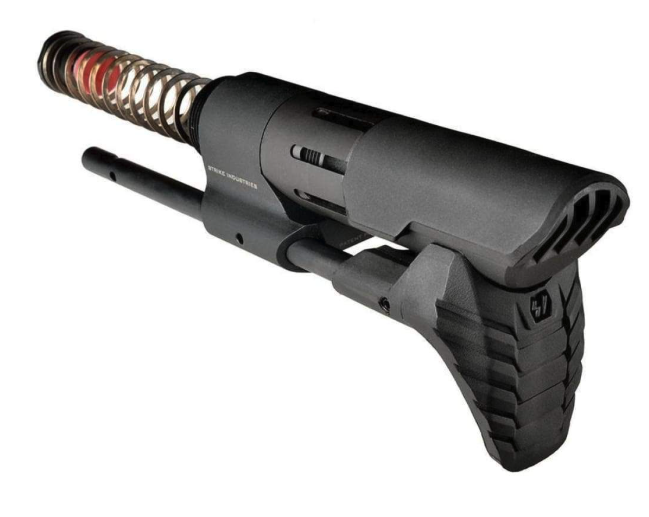
2. Q AR-15 Shorty PDW Stock
The Q Shorty PDW Stock is an ultra-minimalist option at about 14.5 ounces. It is a two-position design that ships with a 3-ounce buffer for 5.56 or 300 Blackout, a recoil spring, and an assembly tool. It fits mil-spec AR-15/M4 lowers and collapses to a very compact footprint, extending to a practical LOP for close work. Installation requires proper torque (35 ft·lb), Loctite, and a vise setup. Pros: lowest weight and smallest profile. Cons: only two LOP positions and requires careful installation; not ideal for beginners.
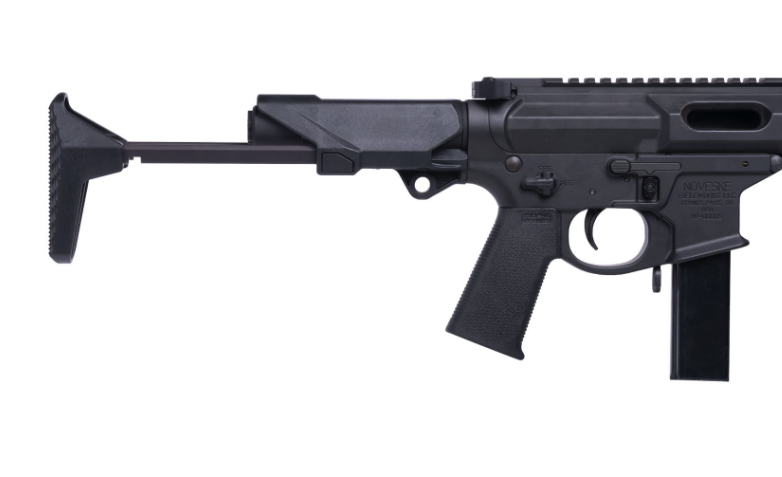
3. Armaspec XPDW Stock — Gen 2
The Armaspec XPDW Gen 2 balances value and adjustability. It weighs about 16 ounces and offers five positions with ratchet or gravity deployment. It measures roughly 6.875 inches collapsed and 10 inches extended, mounts to mil-spec carbine tubes without modification, and includes a QD sling point plus a lifetime warranty. Pros: drop-in compatibility and secure lockup at a modest price. Cons: no official brace variant in the Gen 2 line.
4. Maxim Defense CQB Gen 6 Stock for AR-15
Maxim Defense’s CQB Gen 6 is a premium, tunable option that supports multiple buffer configurations, including JP captured or lightweight buffers, to tune cyclic behavior for suppressed short barrels. It uses a short proprietary tube and typically weighs in the mid-teens. Pros: extensive tuning options and proven CQB pedigree. Cons: installation requires swapping tubes and buffer tuning; fewer public user reviews mean you should verify buffer recommendations for your barrel and gas system.
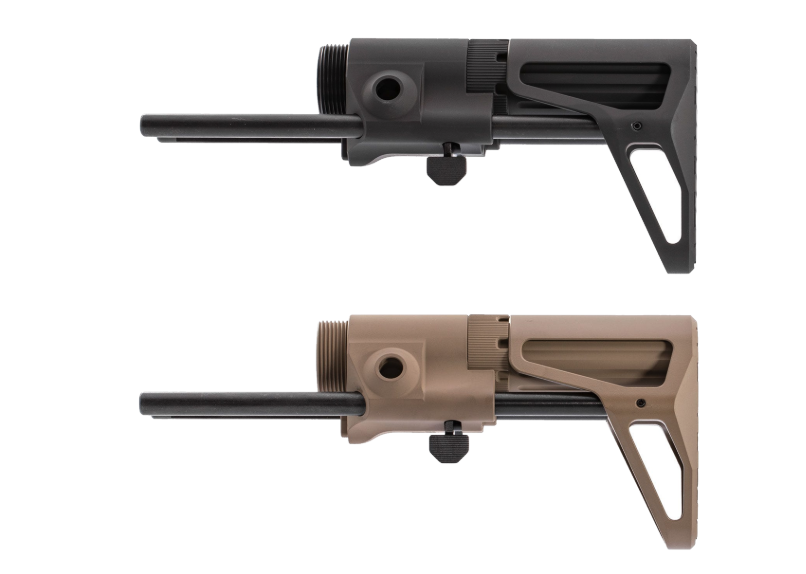
Essential PDW Braces for Pistol Builds
Stabilizing braces are the practical route for pistol PDWs that avoid NFA registration. They provide forearm stabilization rather than a conventional stock.
5. SB Tactical SBPDW Pistol Stabilizing Brace — AR — Black
Co-designed with Maxim Defense, the SBPDW brace is a veteran-made, widely used option. It weighs about 18.14 ounces and offers three positions from 6.75 to 9.375 inches, with a nylon forearm strap and a QD mount. It installs on mil-spec carbine buffer setups and is known for durability and adjustability. Pros: widely adopted and reliable when installed correctly. Cons: periodic stock shortages; heavier than some minimalist braces.
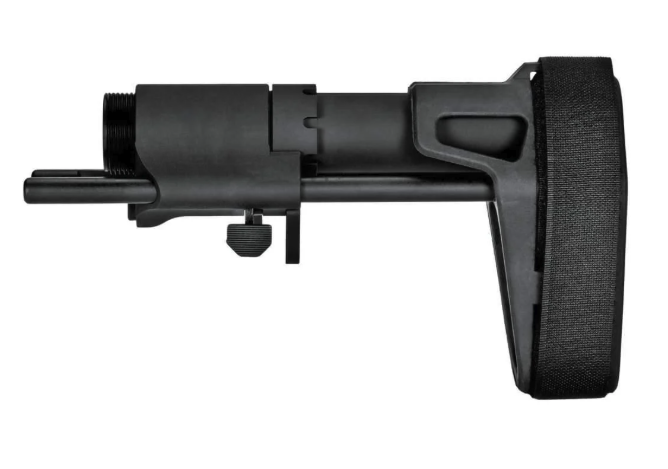
6. Maxim Defense CQB Gen 6 Brace for AR-15
The Maxim CQB Gen 6 brace carries the same multi-buffer, short-tube design philosophy as the stock version. It typically weighs in the mid-to-high teens and offers multiple lockable positions, a forearm strap, and a QD sling mount. Pros: premium construction and compatibility with suppressed pistol setups. Cons: requires buffer and spring tuning; limited public review data.
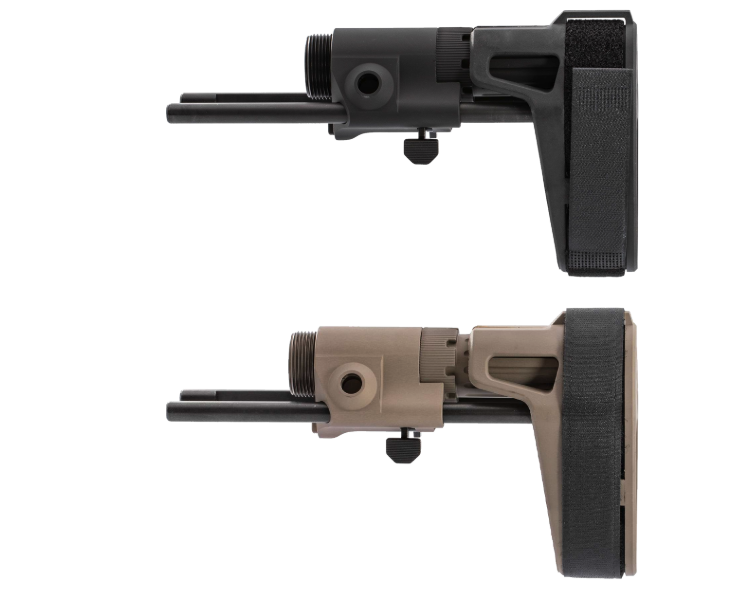
Final Thoughts
PDW stocks and braces fundamentally change how an AR handles in tight spaces, but the right choice depends on your intended configuration. If you plan to shoulder the rifle and use vertical grips, follow the SBR process. If you want a compact pistol-style PDW without NFA registration, choose a stabilizing brace and be mindful of evolving policy.
For value and secure lockup, the Armaspec XPDW Gen 2 is a strong choice. For feature-rich, reliability-focused builds consider Strike Industries or Maxim Defense. Minimalists should look at the Q Shorty. Always verify lower compatibility, buffer weight, spring type, and whether your BCG or upper needs tuning. Test your build on the range to confirm reliable cycling, especially with suppressed short barrels.
Explore AR15Discounts.com for current inventory and pricing. What is your PDW vision? Tell me the barrel length and caliber you are considering and I will recommend matching stocks, braces, buffer systems, and gas considerations.

